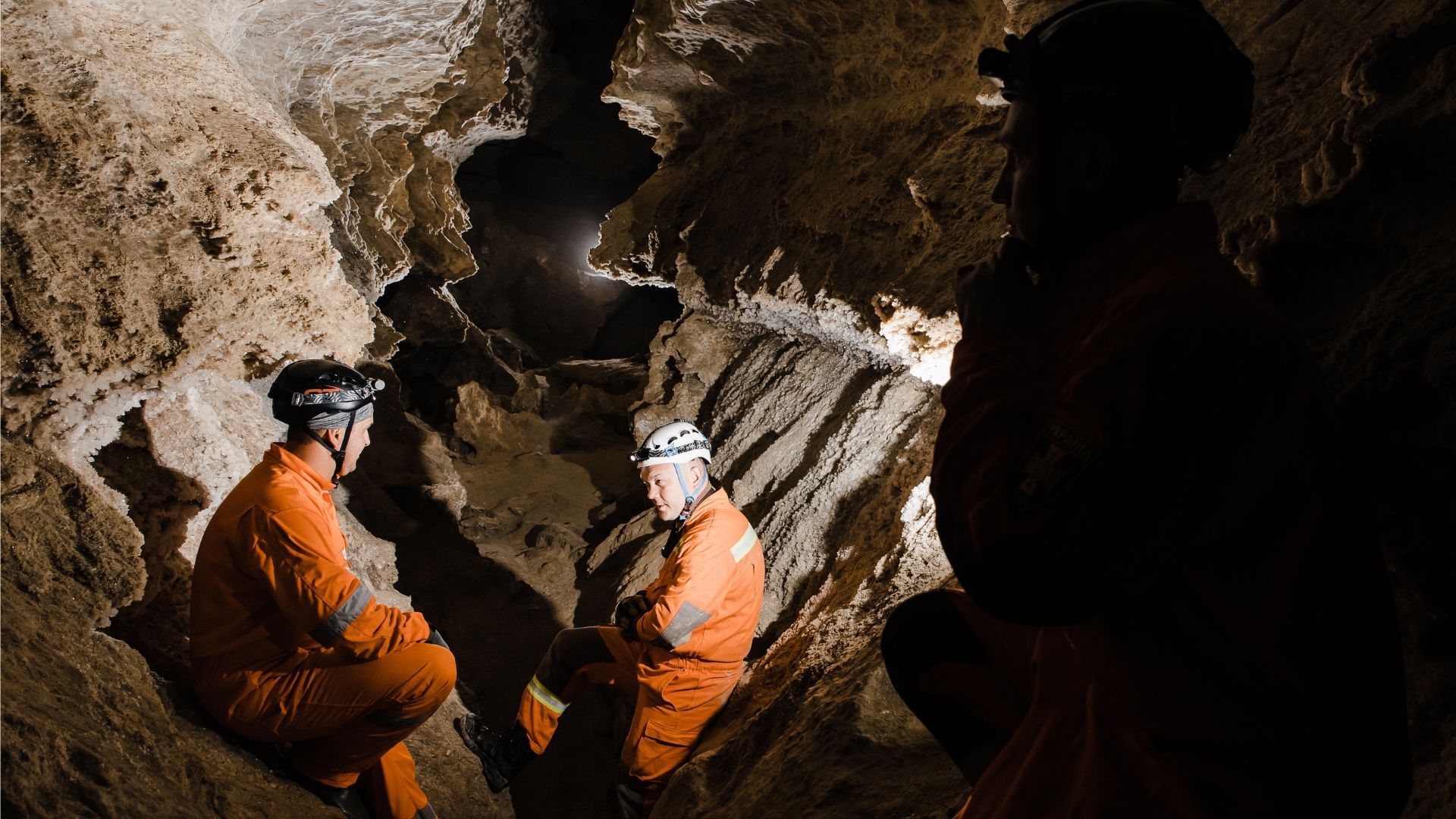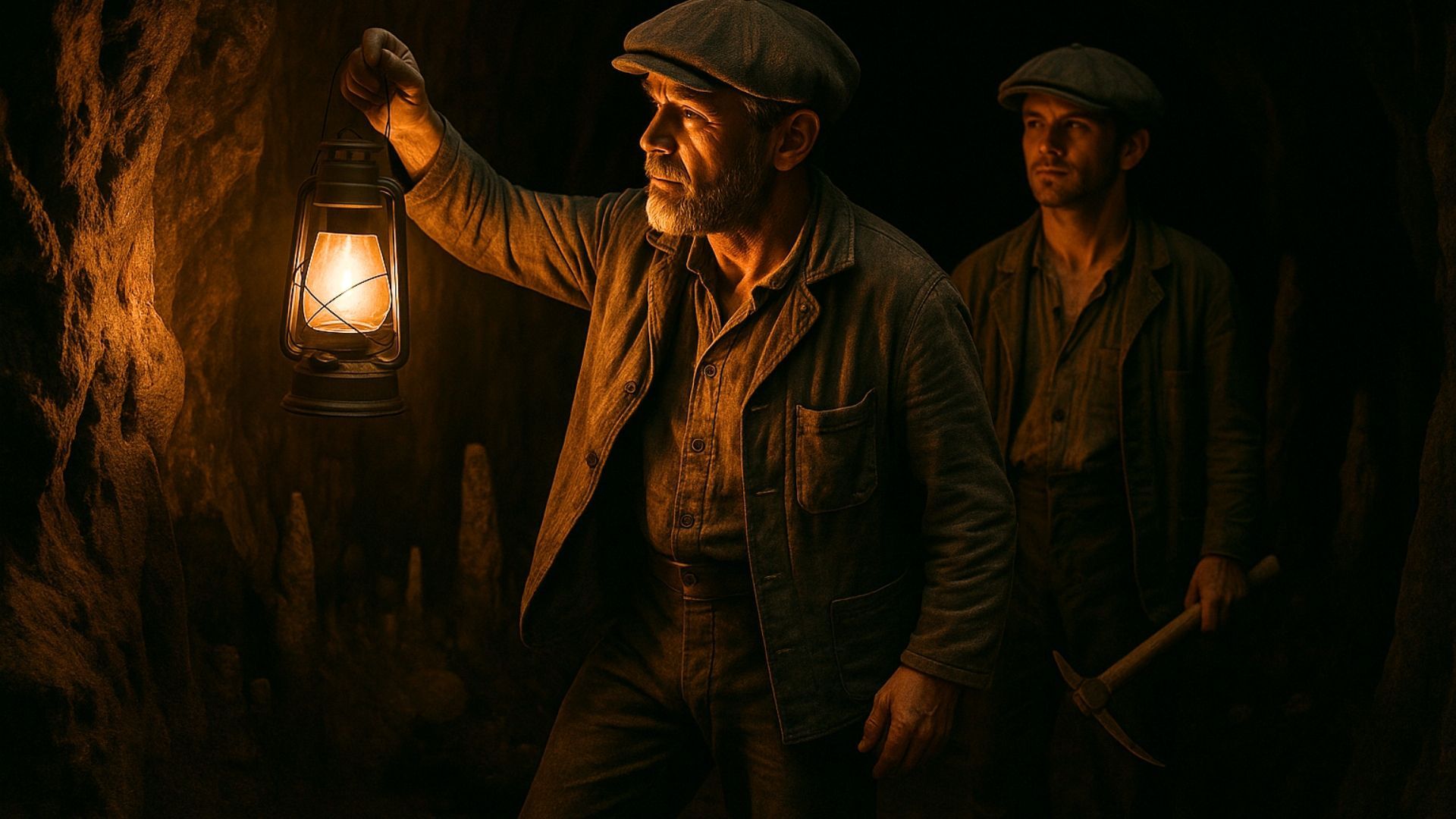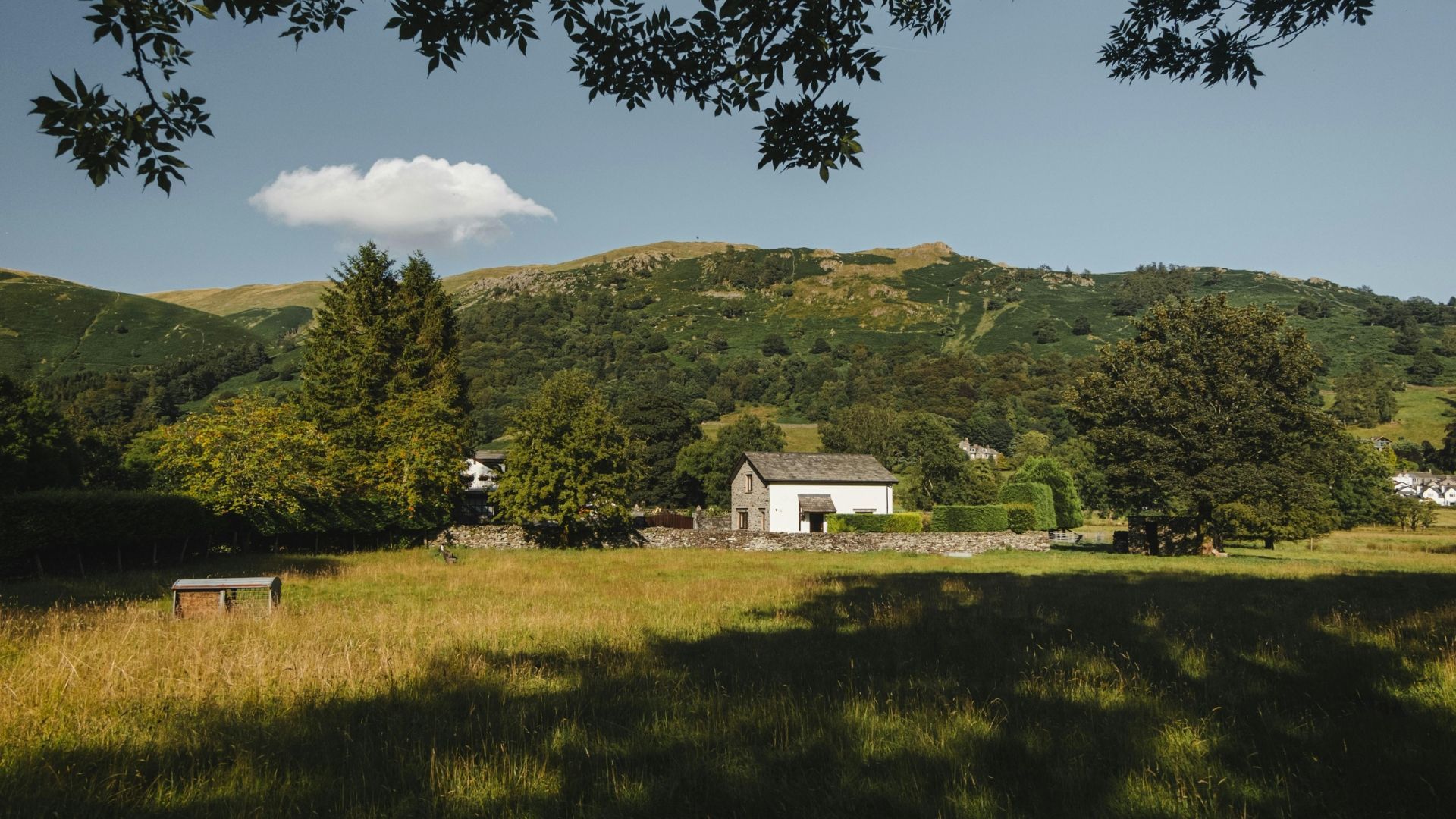The impact of humans on caves (and what we can do to help)
The impact of people on natural caves hasn't always been positive. Learn what we can do to keep the peace.

Humans and their close cousins have been living in natural caves for tens of thousands of years.
In Israel, for instance, there's evidence that humans and hominids were living in Tabun Cave between 40,000 and half a million years ago.
Since those prehistoric times, humans have used caves for all manner of reasons. They've been used to store Roquefort cheese in France. In the Second World War, they were used as fuel caches, air raid shelters and even
hiding places for works of art. In the Dominican Republic, you can spend an evening dancing in a cave club.
Then there are show caves – caves and cave complexes like Stump Cross Caverns that invite visitors to look around and marvel at the rock formations.
All of this human activity comes at a cost. Ecosystems can be upset. Cave walls and cave drawings can be eroded. Unwanted algae, mosses and flowering plants can affect the appearance and environment of the caves.
So, what can be done? Here at Stump Cross Caverns, we take the conservation of caves very seriously. That's why we've put together this brief guide to the impact of humans on caves – and what cave owners and cave visitors can do to help.
Columbian oilbirds
Ecotourism is a thriving trade – and in Colombia, it provides around two percent of the country's GDP.
But by definition, ecotourism impacts ecosystems. It's not always negative – but it can be. In the case of Colombia, wide-scale tourism is taking its toll on the oilbird population and their cave homes.
This beautiful bird – known in Colombia as
guácharos –
needs the caves more than tourists do. It spends all day resting in caverns before flying off at night to hunt for insects, fruits and aromatic plants.
We don't suppose that tourists bear the oilbird any ill will. Nevertheless, oilbirds are sensitive animals. The noise of visitors and the light from flashlights cause many of them to abandon their natural habitats – sometimes temporarily, sometimes for good.
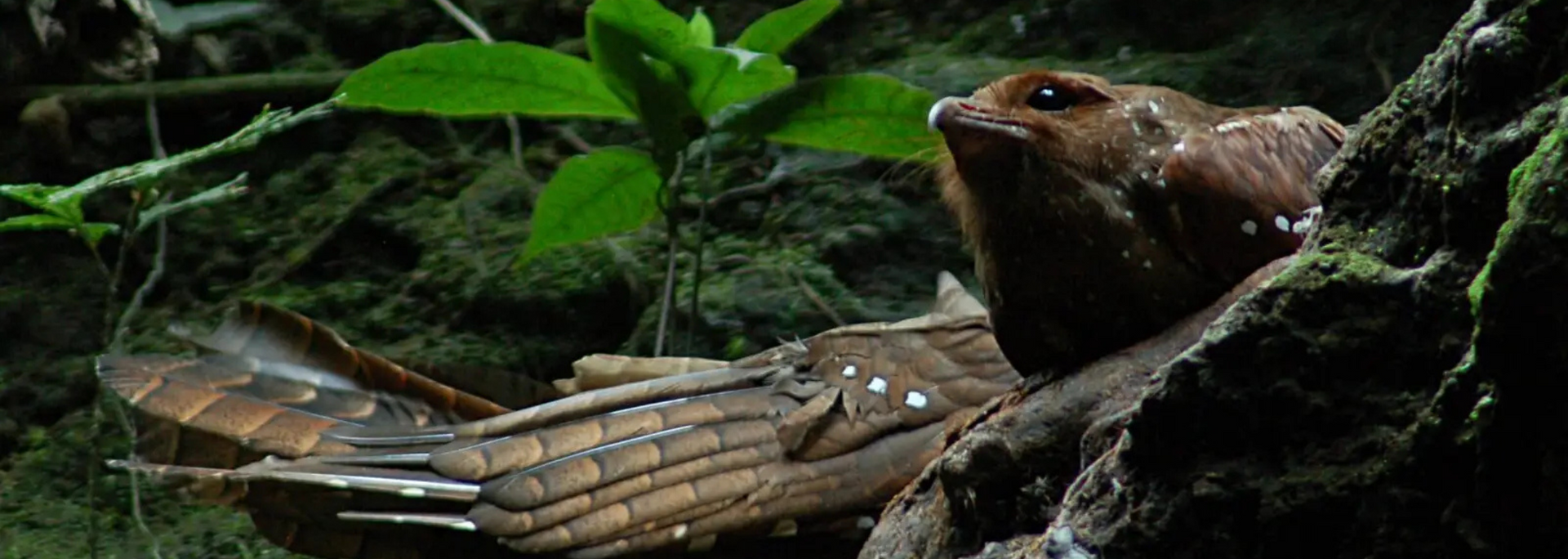
Measures are being taken to protect Colombian oilbirds. The Cueva de Los Guácharos National Park, for instance, provides them with a safe haven (as well as acting as a protective zone for the nearby Andean cloud forests).
However, more has to be done to regulate ecotourism and ensure that damage isn't done to these precious birds and their ecosystems.
Lampenflora
Like Stump Cross Caverns, Lascaux Cave in southwestern France was discovered by accident.
On 12 September 1940, 18-year-old Marcel Ravidat and his dog Robot found the entrance to the cave. Further investigations uncovered more than 600 wall paintings, mostly of large animals. These paintings date from the Upper Paleolithic era – somewhere between 50,000 and 12,000 years ago.
Visitors marvelled at these paintings. But by 1963, their condition had deteriorated to the point that Lascaux Cave was shut – and it hasn't been opened to this day.
The problem, alas, was humans. Around 1,200 visited each day – and their breathing, in conjunction with changes to light and air – led to unwanted lichens and crystals appearing on the walls.
Conservationists knew that this could spell disaster for these priceless cave paintings. The only answer was to shut the caves.
Those lichens were examples of lampenflora: types of algae, moss, flowering plants and other lifeforms that grow under artificial light. They cover cave walls in sickly green, damaging prehistoric paintings and the limestone beneath.
Lampenflora can be physically or chemically removed. But there's a long-term solution to the problem: LED lighting.
LED lighting produces far less heat than traditional bulbs. This means those pesky algae and mosses are less likely to contaminate the caves.
It's also why we're raising funds here at Stump Cross Caverns to get state-of-the-art lighting installed.
Find out more about our
cave lighting crowdfunder. Big or small, every donation is gratefully received!
Damage to rocks, speleothems and other formations
Speleothems – those upright rock formations also known as stalagmites and stalactites – take thousands of years to take shape. But it only takes a matter of minutes to break or destroy one for good.
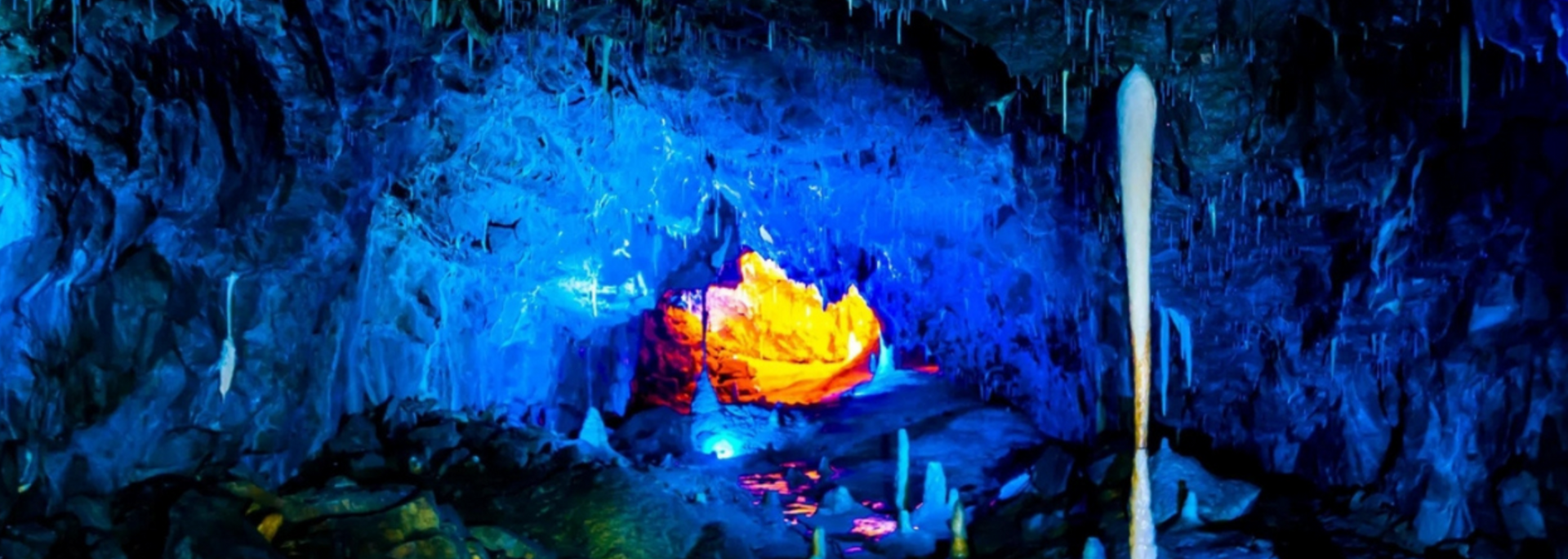
Some people steal speleothems and sell them for profit. Some vandalise them. Still others don't take proper care and knock into them. Visitors have been known to graffiti cave walls. In all these cases, the caves are being spoiled for future generations.
Cave owners have a responsibility to encourage visitors to act respectfully and stick to marked routes. But it's also the responsibility of visitors to play their part in cave conservation.
What does cave conservation involve?
Cave conservation has two main strands. There are the actions cave owners can take to protect the caves and their ecosystems. Then there are the steps visitors should take to ensure they don't cause damage.
In the UK, this second type of cave conservation is enshrined in the National Caving Association's Cave Conservation Code.
These 11 guidelines cover how you should behave when visiting caves. The cornerstone is perhaps guideline four: "Do not pollute the cave, leave nothing behind".
This involves "caving with care" – sticking to marked routes and not interfering with cave wildlife, bats, archaeological remains, rock formations or scientific equipment.
This code of conduct is a valuable resource for cavers, whether going on a guided tour or getting ready for a serious caving expedition. Nevertheless, the responsibility for cave conservation shouldn't solely rest on visitors' shoulders.
Cave owners, too, need to ensure that caves are well-preserved. Above all, they need to balance their commercial interests and the interests of visitors with the more important needs of the caves themselves.
At Stump Cross, we're continually striving to balance our desire to show off the beauty of the caves with the need to keep them safe for future generations. Preservation is an integral part of what we do – never an afterthought.
Stump Cross Caverns is an ancient cave system discovered by two lead miners in 1860. If you're
visiting the Yorkshire Dales, why not take a trip underground and discover our hidden treasures? It's quick and easy to
book your tickets online.




